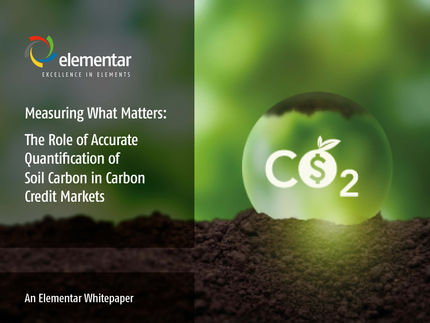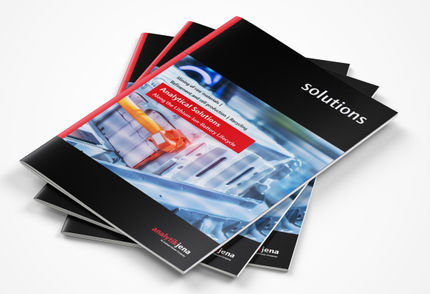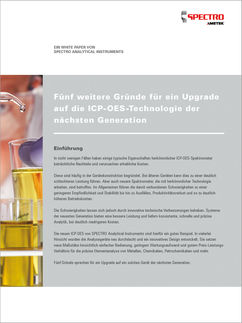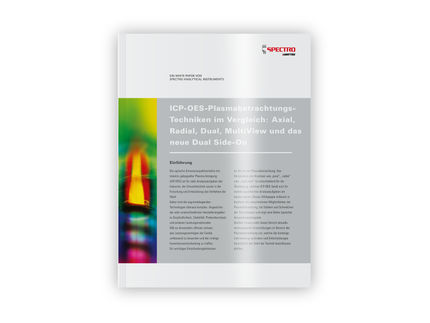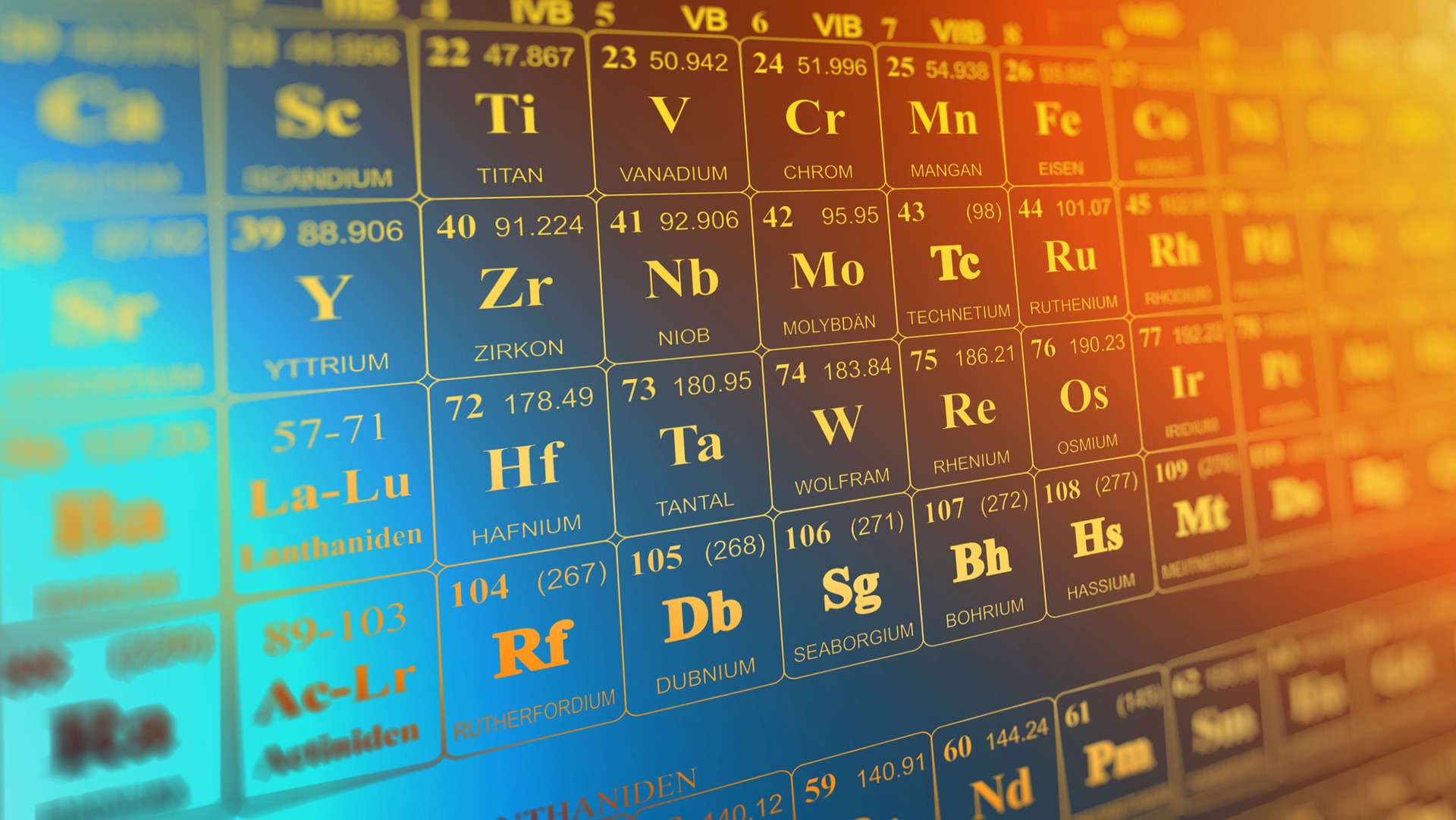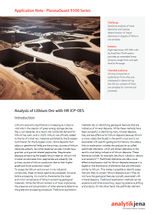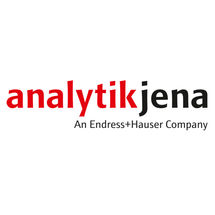
Analytik Jena
Analysis of Lithium Ore with HR ICP-OES
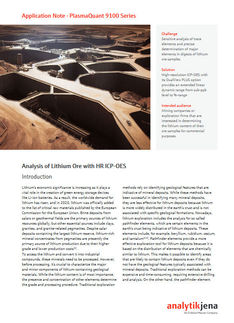
Application Note · PlasmaQuant 9100 Series
Challenge: Sensitive analysis of trace elements and precise determination of major elements in digests of lithium ore samples
Solution: High-resolution ICP-OES with its DualView PLUS option provides an extended linear dynamic range from sub-ppb level to %-range
Intended audience: Mining companies or exploration firms that are interested in determining the lithium content of their ore samples for commercial purposes.
Lithium’s economic significance is increasing as it plays a vital role in the creation of green energy storage devices like Li-ion batteries. As a result, the worldwide demand for lithium has risen, and in 2020, lithium was officially added to the list of critical raw materials published by the European Commission for the European Union. Brine deposits from salars or geothermal fields are the primary sources of lithium resources globally, but other essential sources include clays, granites, and granite-related pegmatites. Despite salar deposits containing the largest lithium reserve, lithium-rich mineral concentrates from pegmatites are presently the primary source of lithium production due to their higher grade and lower production costs[1]. To access the lithium and convert it into industrial compounds, these minerals need to be processed. However, before processing, it‘s crucial to characterize the major and minor components of lithium-containing geological materials.
Advertisement




